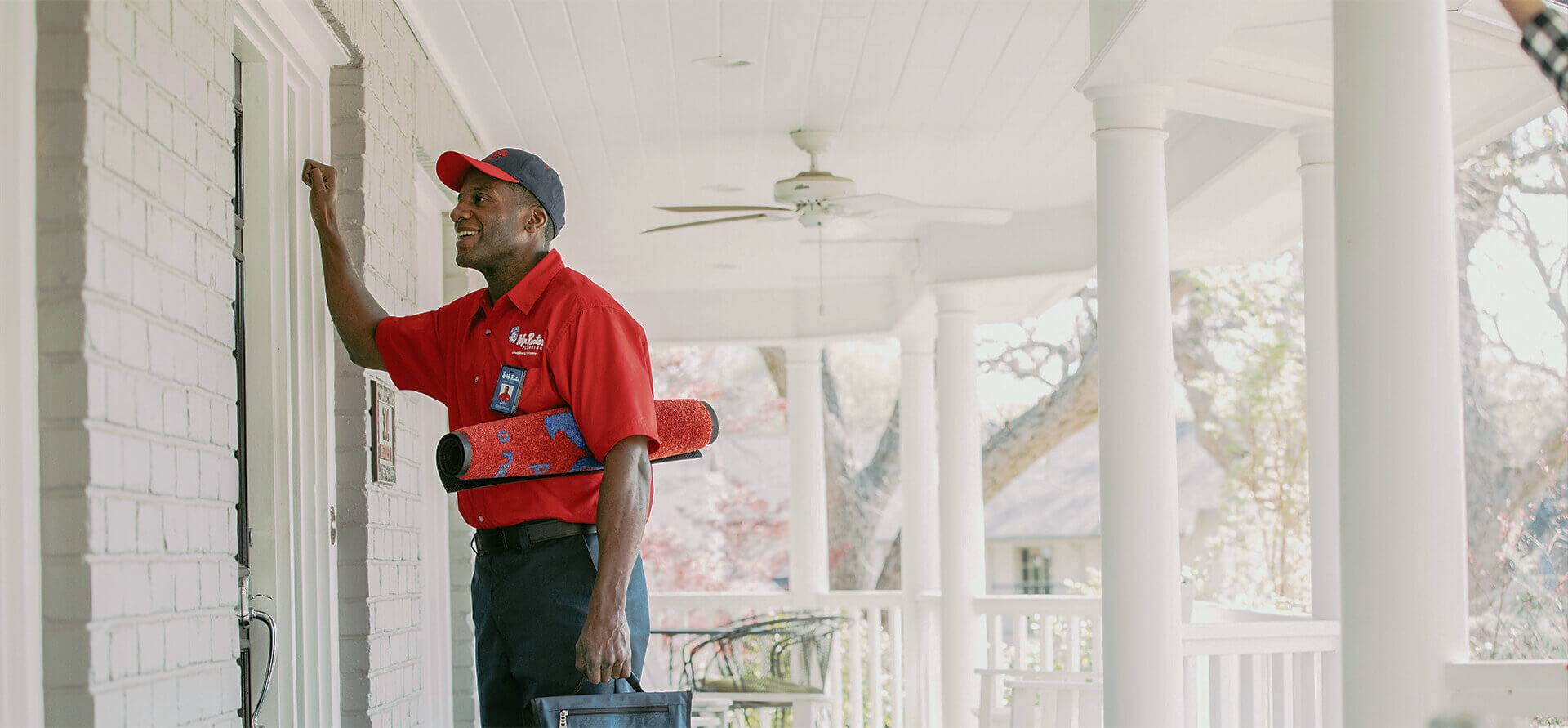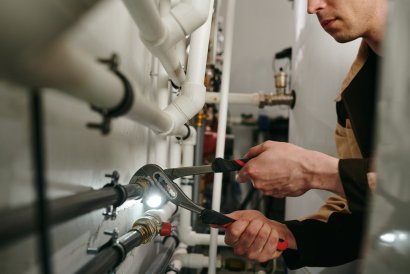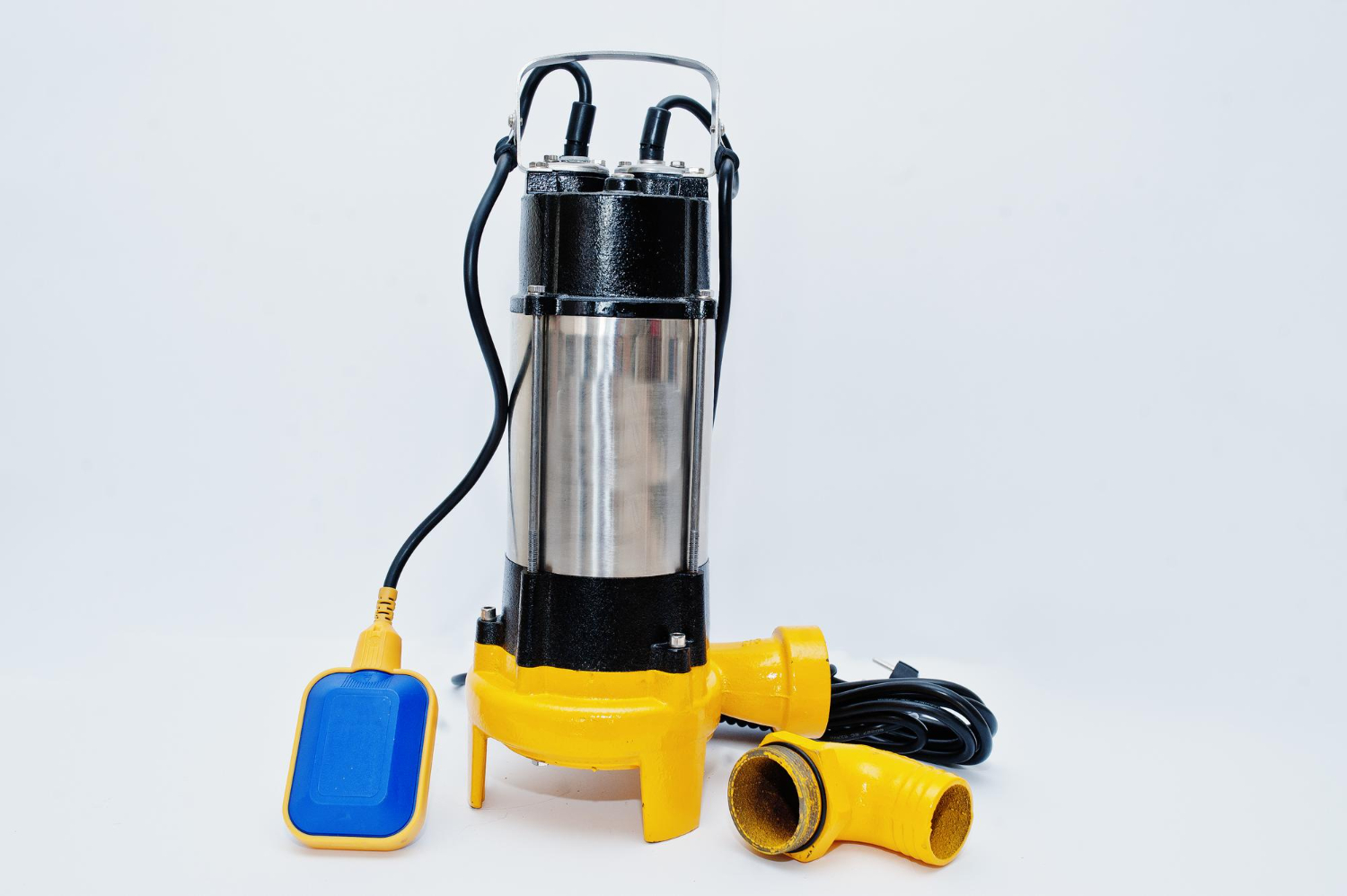Sump pumps play a crucial role in protecting residential and commercial buildings from water damage. These devices are placed in the lower areas, typically basements and crawlspaces, removing excess water before it floods the property and causes severe damage. Like most plumbing devices, sump pumps can deteriorate over time, prompting immediate action to prevent costly repairs and restorations. If you notice inefficiencies or suspect a problem with your system, Mr. Rooter Plumbing can help. Whether your system is relatively new or past its expiration date, you can count on our plumbers in South Jersey to diagnose and recommend the best solution.
Understanding Sump Pumps
As mentioned, sump pumps remove excess water in flood-prone areas, usually the lowest spaces like basements and crawlspaces. Most systems are installed in a basin or a pit, activating automatically when water rises to a certain level. If you live in an area that experiences frequent floods or heavy rains, it may be wise to take preventive measures more seriously.
Consult a professional plumbing repair service to determine the right system for your building. There are two types of sump pumps on the market: submersible and pedestal. Each type is designed to suit specific layouts and needs. A submersible system is placed inside a basin or pit, ensuring it is completely submerged. Conversely, pedestal systems are placed above the pit and are easier to access.
When to Repair Your Sump Pump
A professional sump pump installation is crucial for optimal performance and longevity. However, issues can arise that require immediate attention. Early intervention goes a long way in preventing minor issues from escalating into major problems that are expensive to fix.
The most common cause for sump pump failure is minor mechanical failures, such as a broken float switch or a clogged impeller. These issues can easily be fixed if detected early by a professional plumber or by replacing worn-out parts. If the problem persists despite your efforts, a complete replacement may be the best option.
Another reason to consider a professional sump pump repair is short cycling. This is when the system activates and deactivates quickly before completing a full cycle. The most common causes include a clogged discharge line or a malfunctioning check valve. If your system short cycles when you need it the most, consult a plumber to diagnose and fix the problem before things get out of hand.
When to Replace Your Sump Pump
Sometimes, repairs may not be feasible, prompting a full sump pump replacement. While quick fixes are cost-effective and provide temporary relief, underlying issues can worsen and wreak havoc. With this in mind, knowing when to upgrade your system is crucial.
The most obvious sign you are due for a sump pump replacement is old age. The average lifespan of a well-maintained sump pump is 7-10 years. If your system is near or past this range, it may be wise to upgrade to a newer model. Older systems are usually more susceptible to damage, leading to recurring costs for repairs.
If your system is too small for your crawlspaces or basement, it won’t keep up with the water flowing into the pit during heavy rains and snow days. In addition, inadequate sizing can cause frequent turning on and off, risking indoor floods and water damage. Consult a plumbing repair service to replace your smaller system with a larger one, keeping your living spaces safe all year round.
Repairing or replacing your sump pump requires careful consideration to ensure you make the right decision. Contact Mr. Rooter Plumbing to assess your sump pump and determine the best course of action. We can also recommend the best system for your specific needs and ensure proper installation to enhance performance.










